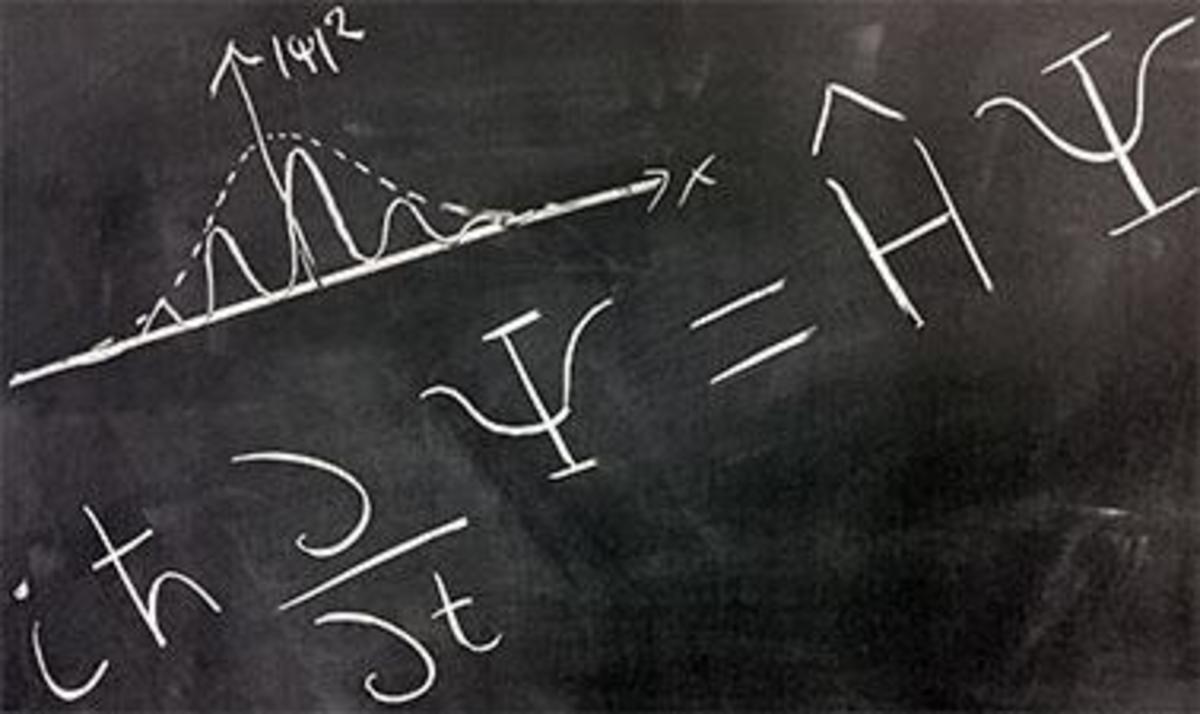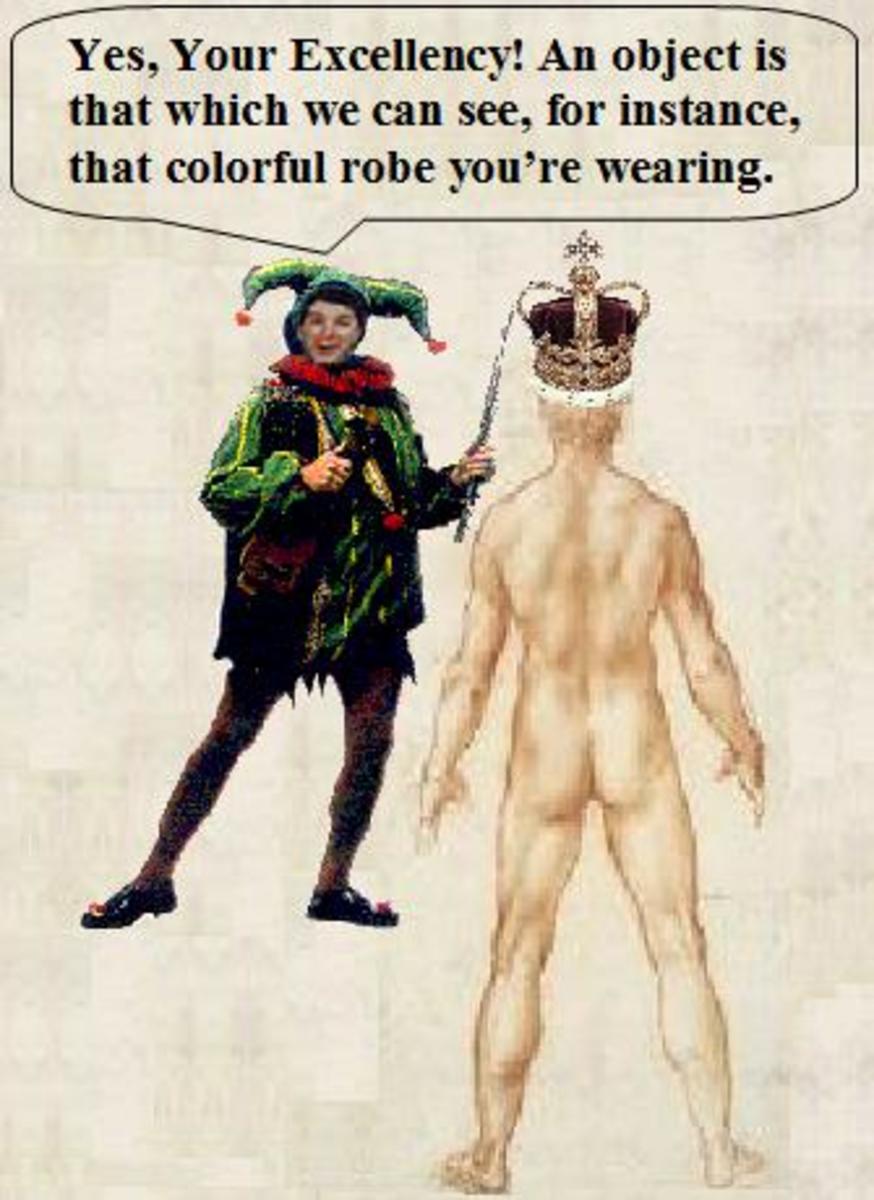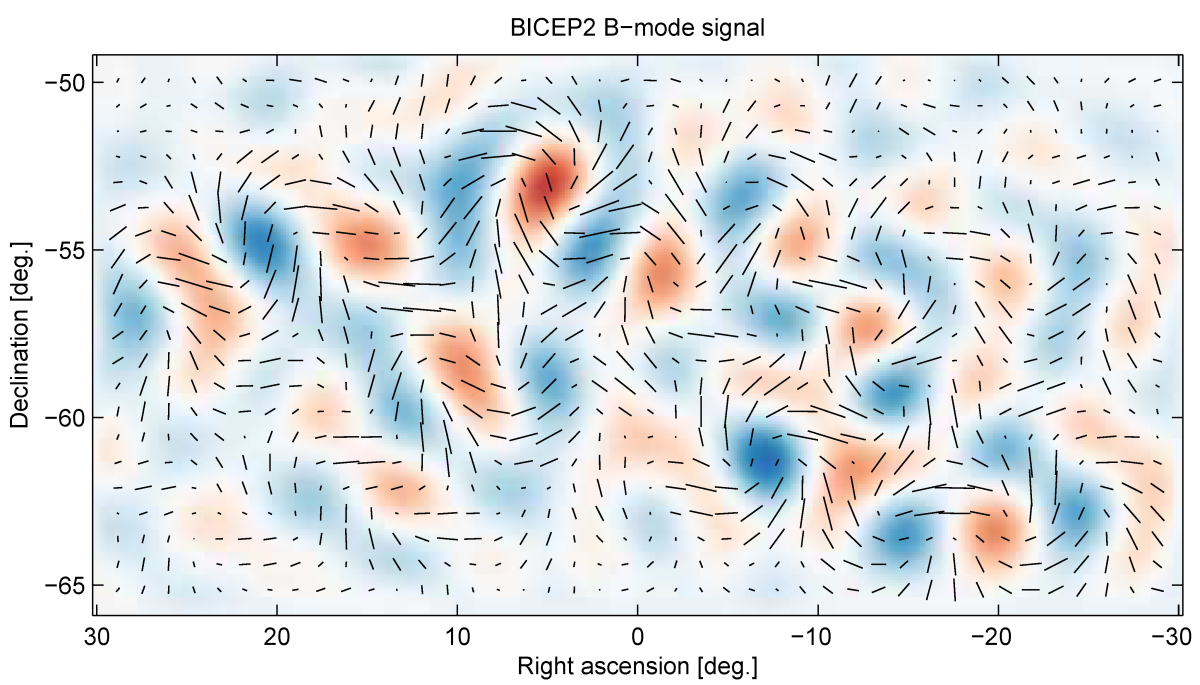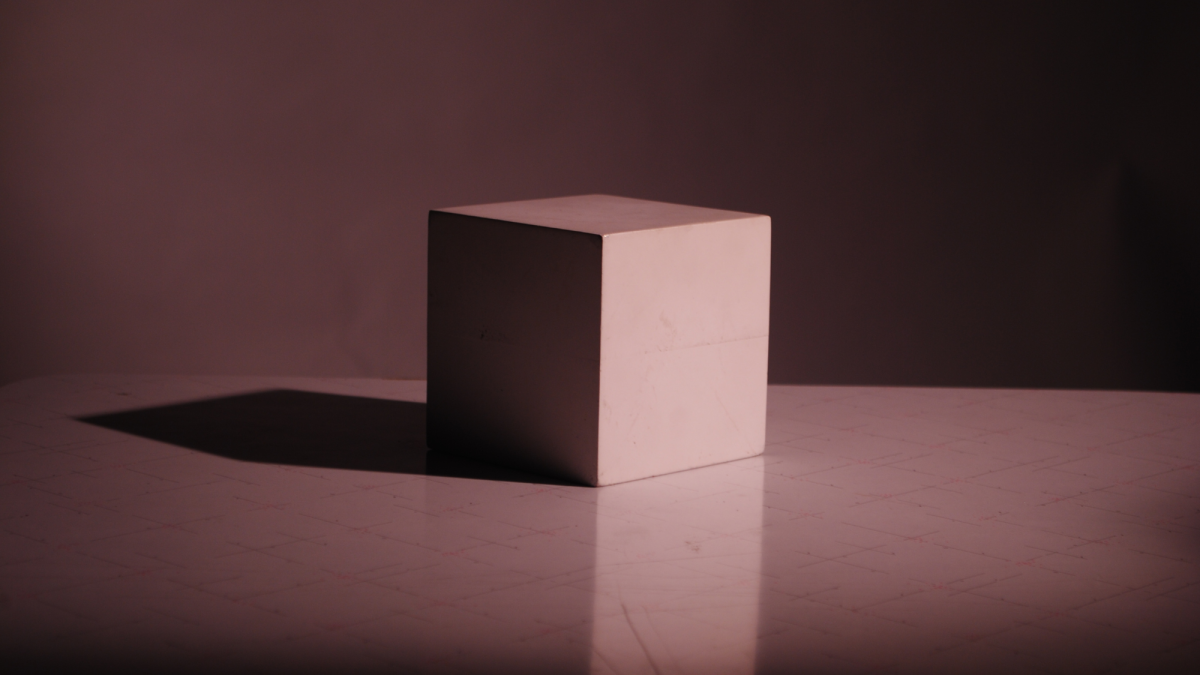The problem with String theory
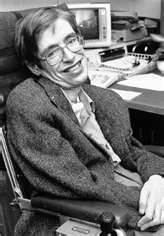
String theory has taken many forms over the years. All of them were built on work Heisenberg originated in 1943. S matrix theory did not stand for string theory at the time. Heisenberg had realized that neutrons and protons were probably not point particles. He deduced this from their magnetic movement as compared to that of electrons; magnetic movement being how an object reacts to magnetic force.
S matrix theory proposed that at the quantum level there is no time or space as we understand it. This idea probably led Feynman to his idea that a particle could take all possible paths to a destination, solving the particle wave duality issue if it was proven true. In other words, if there is no time or space on the quantum level then take off and arrival are instantaneous and might appear to take all possible paths to a destination, being as space/paths would be irrelevant to it.
This has been impossible to prove experimentally up till now. So we will have to wait and see. The battle of mathematics rages on.
However, S matrix theory was replaced by quantum cromodynamics in the 1970s. QCD is a field theory from which the idea of quarks comes from. Instead of thinking of protons as a fundamental particle, we now know that they are made of smaller particles called quarks. The magnetic movement of protons and neutrons could now be explained by the interaction between quarks and gluons.
QCD is now a basic part of the current standard model of physics and is backed up by a lot of experimental evidence.
But some scientists kept looking at S matrix theory anyway. One notable result is the “holographic principal.” Another, of course, is string theory.
Many versions of string theory emerged between 1958 and 1984. Each one had its own territory so to speak. Each postulated strings instead of particles, whereby the frequency a quantum string vibrates at corresponds to what the standard model considers a specific type of particle. Each string then can be anything at all from electron to proton to photon etc.
Each theory postulated different numbers of dimensions which these strings contain, create or partially exist in and whether the strings were closed or open or curled. This led to the next evolution of string theory. It was called superstring theory.
Super string theory again had many variants. And things were becoming, in the words of Edward Witten: embarrassing. If you have that many theories, the possibility is that either none of them are correct, or perhaps all of them are small parts of one puzzle.
That was what Witten thought. He saw the situation somewhat differently. Each theory represented an island of understanding in a world not yet fully explored and discovered. In the 1990s Witten spearheaded the idea that if all the theories were put together they would become one. He named it M theory.
When all the theories were unified, M theory postulated at least 11 dimensions.
As it happens, with 11 dimensions almost all the particles of the standard model are replaced. But there is one problem. Not one bit of it can be proven. No one has yet devised a physical test which would prove any of it. All of it is theoretical math. We are now in 2012 and String theory has had almost 40 years to prove anything at all, and it has not been able to provide evidence for itself outside of mathematics.
Laurence Krouss, in a lecture, explained it this way: Some 30 years ago two guys were walking down the street and one said to the other: “What if particles were actually vibrating strings?” The other guy said: “I don’t know.” And nothing has changed.
The problem with string theory is that as a consequence of its math anything at all becomes possible. It makes a many worlds scenario an inevitable consequence of the theory. Anything possible happens somewhere, in some universe.
This has led many to say that it is not a unified theory of everything; it isn’t even science. It is a theory of anything at all. That is to say it doesn’t explain anything because it pretty much says anything is possible. With it, you can postulate a spaghetti monster from another galaxy, in another universe, and you would be right. All possibilities play out.
So how can you do science on that notion? You really can’t. The math has to be shown to predict real physical phenomenon, and it really doesn’t..
All this from trying to find out what the forces are that create atoms. Yup. That’s all Heisenberg was trying to do.
So is string theory dead? Not on your life. It seems irresistible to some physicists. Hawking likes to use it interchangeably with the standard model in order to make some of his predictions and forward his theories. He certainly isn’t alone. Many popular science writers expound the idea of string theory. It does have the sensationalist qualities that sell books. It is perfect for science and speculative fiction. But I’m sure that’s not why they do it.
Of course, just because it hasn’t been proven doesn’t mean it isn’t true right? No it doesn’t. It may yet prove to be right in some way. Who knows? But it is important to understand that it has not been proven to be right yet, and there is ample experimental evidence to back the standard model.
The standard model has made many new discoveries about the quantum which have been experimentally verified. String theory has not discovered anything new yet. Does that make the standard model the correct model? No. It makes it the best we have so far. It has it’s issues which is why some of us were excited about M theory.
I must say that I was very hopeful when M theory first arrived on the scene. But the more the math shows, the more I am beginning to think it is a dead end model. Because that is what it is: a model of what might be if particles are really vibrating strings.
A model has to at least match observation, and it should be able to make accurate predictions about the laws of nature. The standard model does that, where as String theory still doesn’t. To me that’s a bit of a disappointment
So next time someone tells you that many worlds theory id fact, or they tell you that it has been proven that the observer defines reality, you will know that’s not the case. String theory is purely speculative math, and so far that’s it.
Now as forty years ago, when someone asks: What would happen if particles were really vibrating strings? The only rational answer is still: I don’t know.


